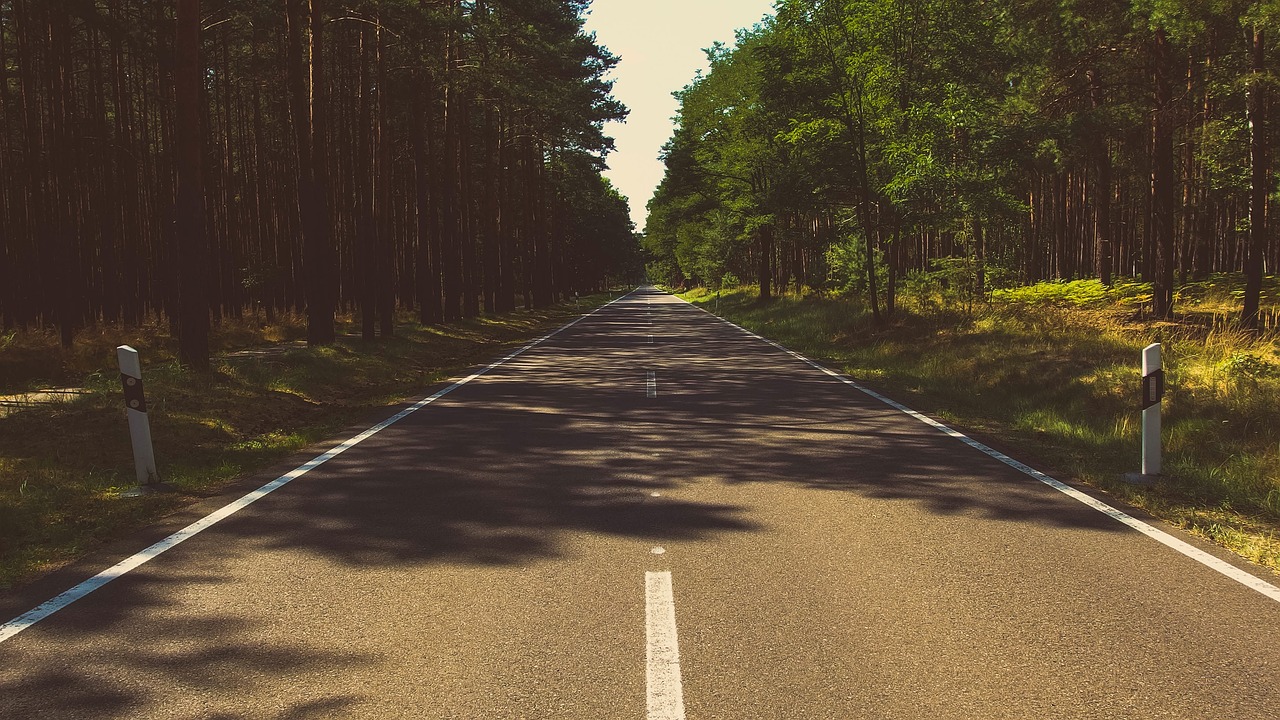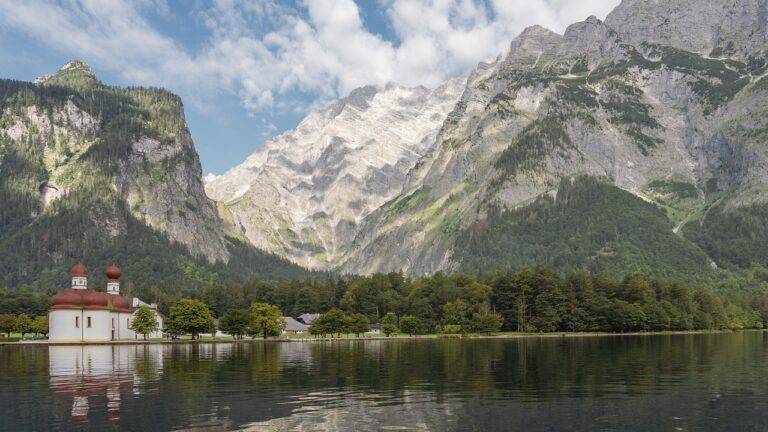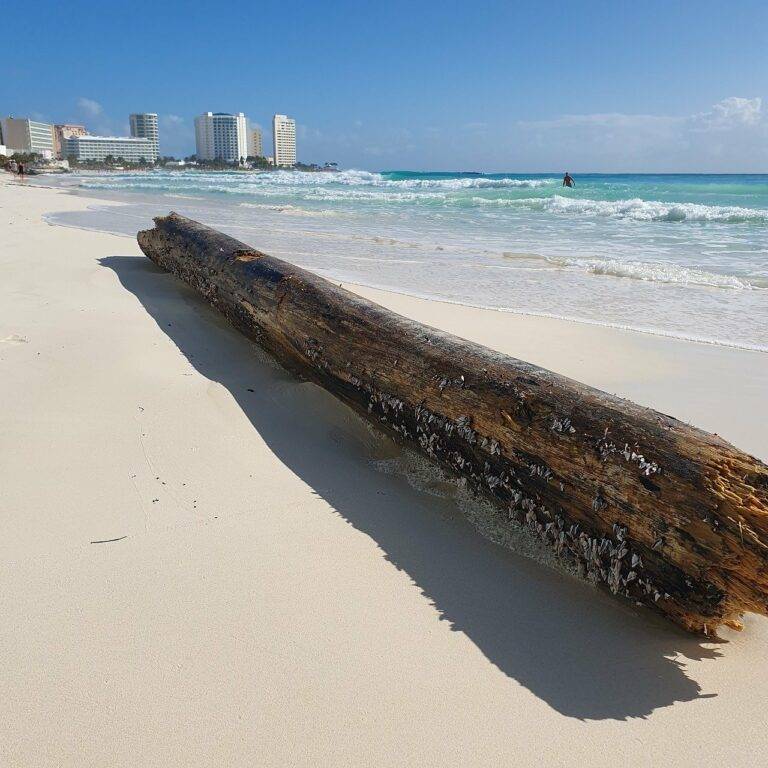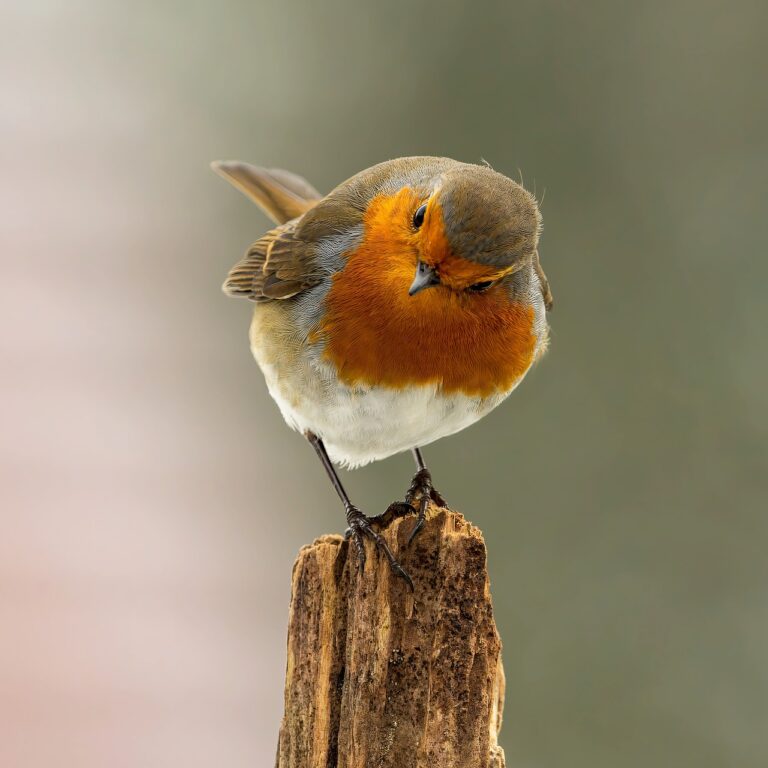Traveling for Wildlife Photography: Capturing Stunning Shots of Animals in Their Natural Habitat
When embarking on a wildlife photography trip, one of the first steps is to determine the specific type of wildlife you are interested in capturing. Research the different species that inhabit the areas you plan to visit, as this will help you prepare for the photographic opportunities that lie ahead. Consider the time of year and the habitat of the wildlife to increase your chances of successfully capturing captivating images.
Next, it is crucial to plan your logistics for the trip. This includes arranging transportation, accommodation, and any necessary permits or licenses for photography in certain locations. Make a detailed itinerary and consider factors such as weather conditions, sunrise and sunset times, and the behavior patterns of the wildlife you wish to photograph in order to optimize your time in the field. By carefully planning each aspect of your wildlife photography trip, you can increase your chances of coming away with exceptional and memorable images.
Researching the Best Locations for Wildlife Photography
As you embark on your wildlife photography journey, it is essential to do thorough research on the best locations for capturing breathtaking shots of animals in their natural habitats. One crucial aspect to consider is the biodiversity of the area, as regions with a wide variety of wildlife species offer more opportunities for unique and diverse photographs. Look for national parks, wildlife reserves, and protected areas known for their rich ecosystems and abundance of animal life.
Additionally, the time of year and weather conditions play a significant role in wildlife photography. Some species are more active during specific seasons or times of the day, making it important to plan your trip accordingly. Research the climate and typical behavior patterns of the animals you wish to photograph in order to increase your chances of capturing compelling images.
Choosing the Right Camera and Lenses for Wildlife Photography
When it comes to wildlife photography, selecting the right camera and lenses plays a crucial role in capturing stunning and high-quality images of wildlife in their natural habitats. One of the key considerations when choosing a camera is its ability to shoot in burst mode, allowing you to capture fast-moving wildlife in action. Cameras with fast autofocus systems are also essential for ensuring that you can quickly and accurately focus on your subjects, especially when they are on the move.
In addition to the camera body, the choice of lenses is equally important for wildlife photography. Telephoto lenses with long focal lengths are ideal for capturing distant wildlife without disturbing them. A lens with image stabilization features can also help reduce the effects of camera shake when shooting handheld in challenging conditions. Investing in high-quality lenses will not only improve the sharpness and clarity of your wildlife photographs but also give you the flexibility to adapt to different shooting scenarios.
• Select a camera with burst mode capability
• Look for cameras with fast autofocus systems
• Consider telephoto lenses with long focal lengths for capturing distant wildlife
• Choose lenses with image stabilization features to reduce camera shake
• Invest in high-quality lenses to improve sharpness and clarity of images
How do I plan a wildlife photography trip?
When planning a wildlife photography trip, consider the time of year and location you want to visit, research the best spots for wildlife sightings, and make sure to pack all necessary gear and equipment.
How can I research the best locations for wildlife photography?
You can research the best locations for wildlife photography by reading guidebooks, checking online forums and photography websites, and reaching out to local wildlife photographers for recommendations.
What factors should I consider when choosing the right camera for wildlife photography?
When choosing a camera for wildlife photography, consider factors such as resolution, autofocus speed, burst rate, and low-light performance. A camera with a fast burst rate and good autofocus capabilities is essential for capturing fast-moving wildlife.
What type of lenses are best for wildlife photography?
The best lenses for wildlife photography are telephoto lenses with a long focal length, such as 300mm, 400mm, or 500mm. These lenses allow you to get close-up shots of wildlife without disturbing them.
How important is image stabilization in wildlife photography?
Image stabilization is crucial in wildlife photography, especially when using telephoto lenses with long focal lengths. It helps reduce camera shake and ensures sharp, clear images of fast-moving subjects.
Is it necessary to invest in a high-quality tripod for wildlife photography?
A sturdy tripod is highly recommended for wildlife photography, as it helps stabilize your camera and lenses, especially when shooting in low light or using heavy telephoto lenses. Investing in a high-quality tripod can improve the sharpness and clarity of your photos.





